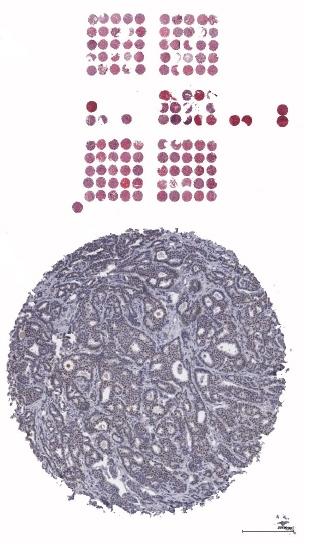Hereditary Breast Cancer
DCEG studies in hereditary breast and ovarian cancer uncovered the value of risk-reducing salpingo-oophorectomy, now considered a standard-of-care treatment option in the management of women in high-risk families (Tobacman et al., 1982; Struewing et al., 1995; Kramer et al., 2005; Greene et al., 2008, 2011).
A DCEG study of BRCA1 and BRCA2 alterations in the Ashkenazi Jewish population of Washington, D.C., reported lower penetrance for breast and ovarian cancers than earlier studies in families with hereditary breast cancer. The findings highlighted the importance of population-specific founder mutations in genetic testing and affected the clinical management of mutation carriers (Struewing et al., 1997).
Risk Prediction
DCEG researchers developed the Gail breast cancer risk assessment model (Gail et al., 1989) to estimate a woman's risk of developing invasive breast cancer. Since its original publication, the tool has been updated and expanded. It is widely used by clinicians and researchers. The Food and Drug Administration guidelines rely on the tool for the recommendation of use of tamoxifen and raloxifene for breast cancer risk reduction.
Tumor Heterogeneity
DCEG researchers conducted epidemiological studies using tumor tissue microarrays that revealed the heterogeneity of breast cancer in terms of risk factors and prognosis (García- Closas et al., 2006, 2008; Yang et al., 2007), which has enhanced clinical care decisions.
